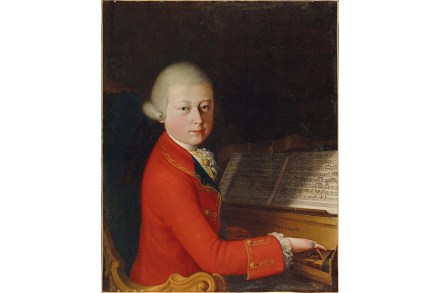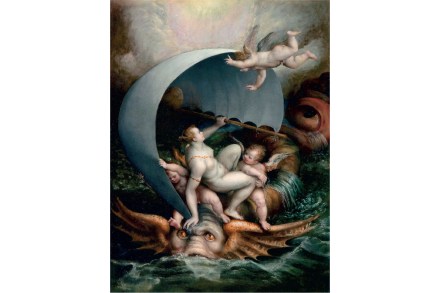A summer of suspense: recent crime fiction
Time was when historical fiction conjured images of ruff collars and doublets, with characters saying ‘Prithee Sir’ a lot. Nowadays, the range of featured period settings has expanded unrecognisably, though a new favourite has emerged – the second world war, where Nazis stand in for nefarious noblemen. The Darkest Winter by Carlo Lucarelli, translated by Joseph Farrell (Open Borders Press, £18.99), is one such addition, though an unusual one. It is set in Bologna in 1944, the vicious period after Italy’s first surrender, Mussolini’s capture and daring escape, and the invasion by Nazi troops to counter the Allies’ advance from the south. The protagonist is named De Luca, a former



